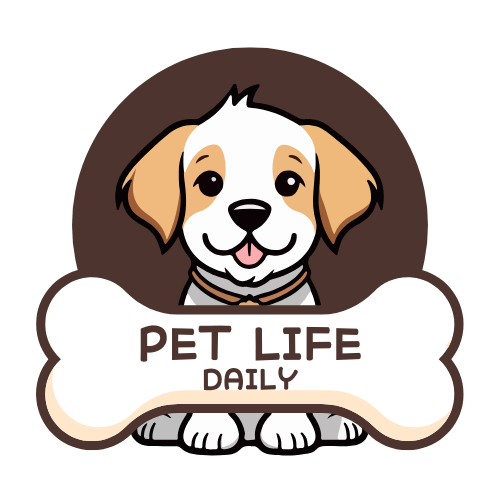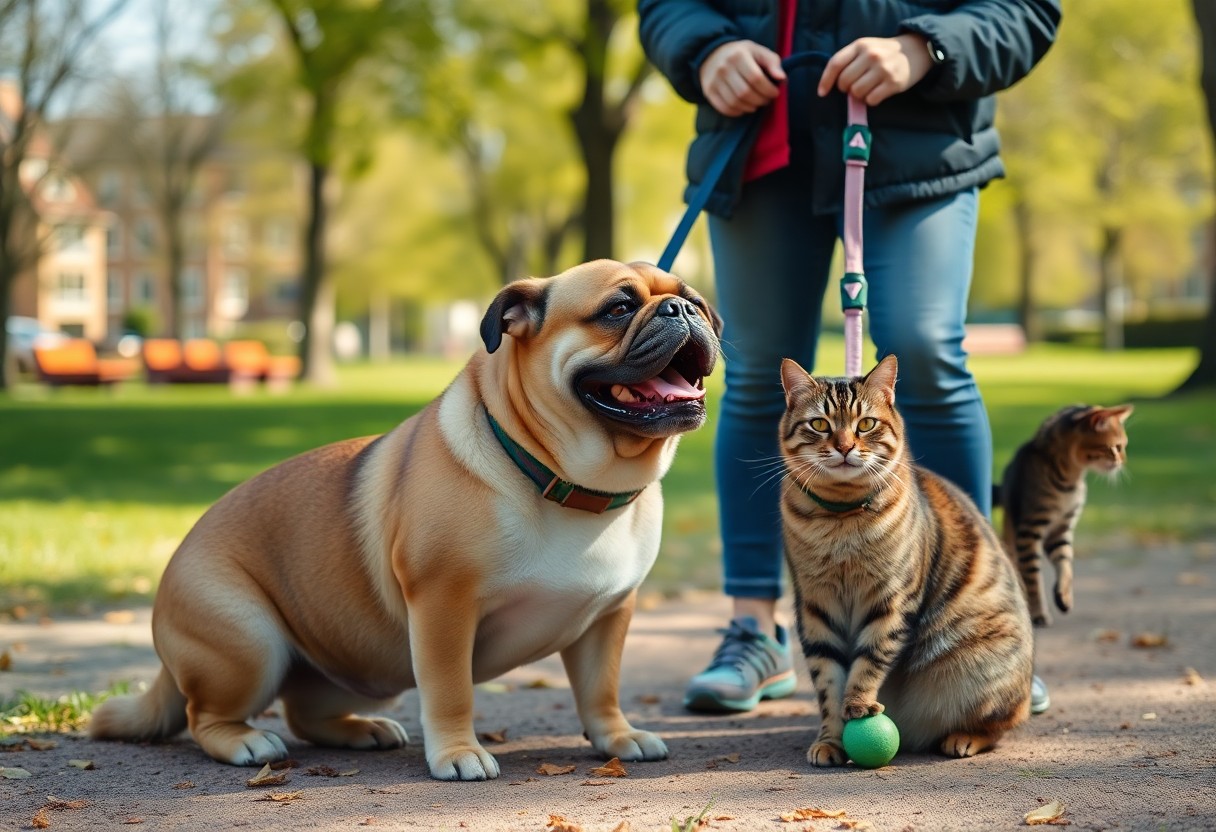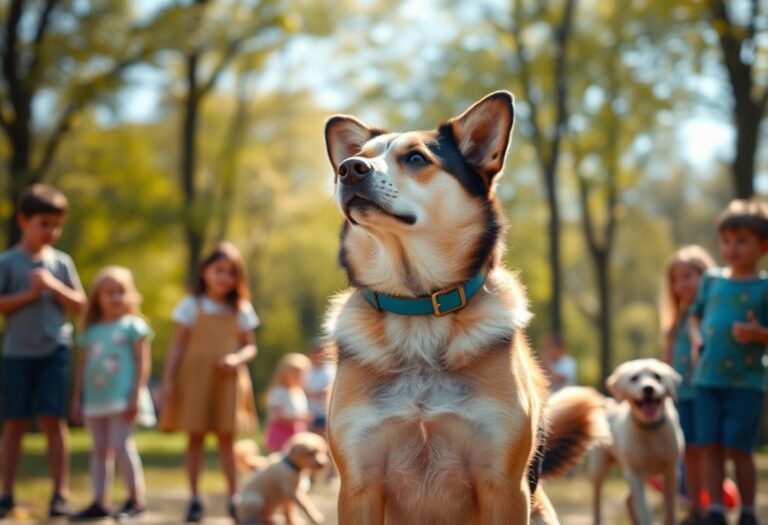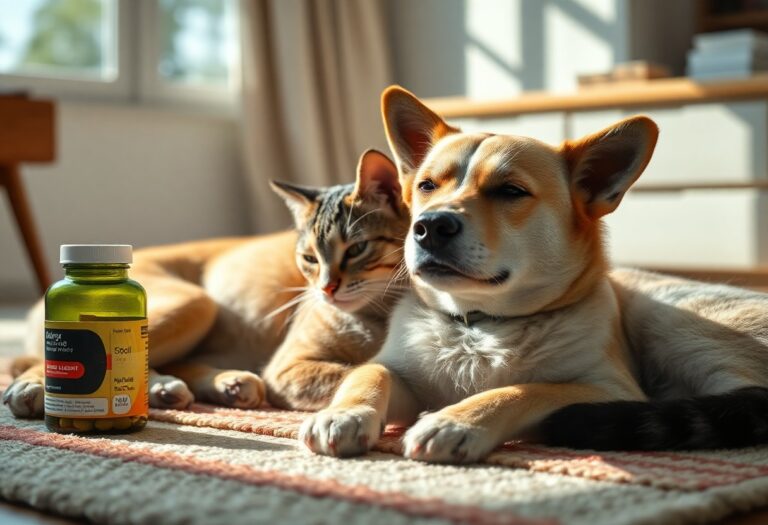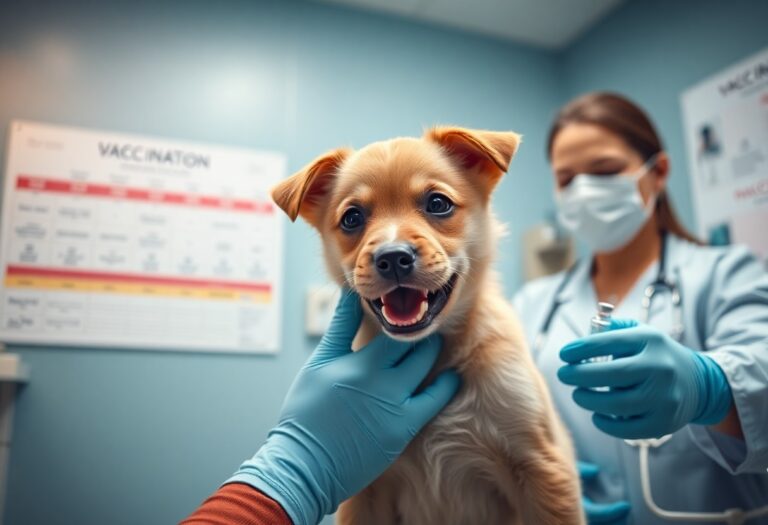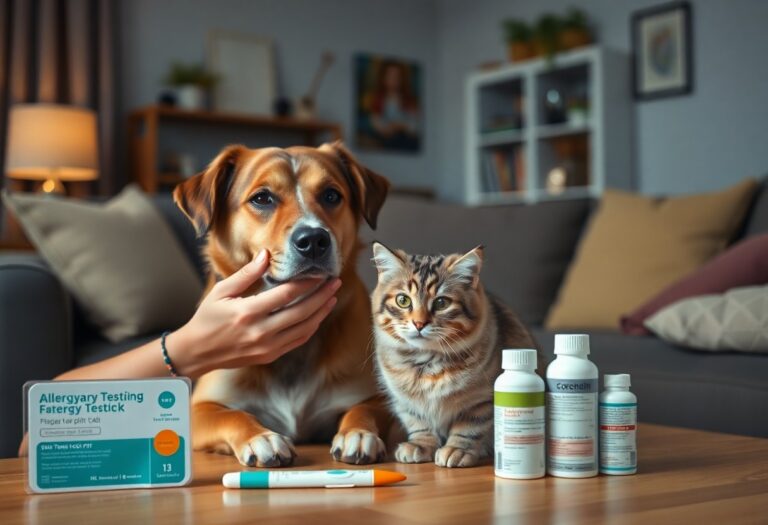Health issues associated with pet obesity can lead to serious complications, including diabetes, joint problems, and heart disease. As a responsible pet owner, it’s vital to recognize when your furry friend may need to shed some pounds. With small adjustments to their diet and exercise routine, you can help improve their quality of life and boost their overall well-being. This guide will provide you with effective strategies to help your overweight pet get back in shape, ensuring they live a happier and healthier life.
The Weighty Problem: Identifying Obesity in Pets
Recognizing the Signs: Body Condition Scoring
Understanding your pet’s weight and body condition is vital for their overall health. Body Condition Scoring (BCS) is a systematic method used by veterinarians to evaluate your pet’s physique on a scale usually ranging from 1 to 9, where 1 signifies an extremely thin pet and 9 indicates severe obesity. Ideally, a healthy score falls between 4 and 5, where the ribs are easily felt but not visible, and there’s a noticeable waist at the abdomen. Familiarizing yourself with these standards allows you to assess your pet more accurately and to detect any weight changes promptly.
When observing your pet, look for specific landmarks on their body. For instance, you should be able to feel their ribs without too much pressure. If you struggle to locate them, it could signal excessive weight. Additionally, the presence of a discernible waist, when viewed from above, is a positive indicator of a healthy weight. Should you notice your pet is lacking these physical traits, consulting your veterinarian for a formal evaluation can pave the way for targeted weight management strategies.
Understanding the Health Risks: Beyond Aesthetics
The implications of obesity in pets reach far beyond a mere appearance issue. Overweight animals often face a slew of health concerns like heart disease, diabetes, joint pain, and certain cancers. For example, pets classified as overweight or obese are significantly more susceptible to developing diabetes, which affects their quality of life and longevity. Regular physical activity and proper nutrition can dramatically reduce these risks and bolster your pet’s vitality.
Moreover, research indicates that a weight reduction of even 10% can significantly improve your pet’s health markers, longevity, and overall well-being. Consider that each extra pound is not just a minor annoyance; for smaller breeds, this can mean a 10-20% increase in body weight, which translates to heightened pressure on their joints and cardiovascular system. Early intervention is important; tackling obesity now can prevent a laundry list of serious health complications later.
Crafting a Tailored Weight Loss Strategy
Developing a Balanced Diet Plan: Nutritional Needs
A well-rounded diet is a vital part of helping your pet shed excess weight and regain their health. Start by consulting your veterinarian to establish the right caloric intake based on your pet’s age, size, and ideal weight. This ensures you’re not only reducing calories but also providing adequate nutrition. Transitioning to a high-quality, low-calorie food can make a significant difference. Look for options rich in protein and fiber, which can help your pet feel satiated while still losing weight. Incorporating some fresh vegetables into your pet’s meals can also be an excellent way to bulk up their diet without adding too many calories.
Monitoring your pet’s food intake goes beyond simply measuring portions. Keeping a detailed food diary can assist in tracking not only the amount consumed but also any changes in behavior or energy. If your pet is constantly scavenging for food, consider splitting their daily rations into smaller, more frequent meals. This tactic may prevent hunger-driven begging and provide your furry friend with a sense of satisfaction throughout the day.
Incorporating Exercise: Fun Activities for Pets
Exercise doesn’t have to be a chore for you or your pet; it can be an enjoyable bonding experience! Regular physical activity helps not only maintain your pet’s weight but also improves their overall mood and energy levels. Engage in play sessions, such as throwing a ball or engaging in tug-of-war, for at least 30 minutes each day. Personalized exercise plans can include activities tailored to your pet’s specific interests and physical limitations. For example, some dogs may enjoy running alongside you while biking, while gentle walk sessions might be better suited for older pets.
Consider incorporating interactive toys into your pet’s routine, which can enhance mental stimulation and physical activity. Puzzle toys, for instance, challenge your pet to work for their food, making mealtime an engaging workout. For cats, feather wands or laser pointers can turn a mundane living room into a playground filled with excitement. Exploring different outdoor environments, such as dog parks or hiking trails, can also introduce your pet to new sights and smells, keeping their exercise routine fresh and inviting.
The Role of Veterinary Guidance
Importance of Professional Support: Regular Check-ups
Regular veterinary check-ups play a pivotal role in your pet’s weight management journey. These visits allow for consistent monitoring of your pet’s weight, ensuring that any potential health issues are identified early on. With each visit, your veterinarian can assess their overall body condition score, helping you determine how well your tailored weight loss strategies are performing. For example, if your pet has lost or gained weight unexpectedly, your vet can adjust dietary recommendations accordingly. These regular assessments can make all the difference in keeping your pet healthy as they strive to reach an optimal weight.
Additionally, your veterinarian will provide valuable insights regarding the best exercise routines and dietary adjustments tailored specifically for your pet’s needs. Many pets are likely to have underlying health concerns that can affect their weight, such as hypothyroidism or diabetes. Regular consultations enable your veterinarian to identify these risks and offer guidance tailored to your pet’s specific health profile, ensuring their path to a healthier weight remains safe and effective.
The Value of Customized Plans: Tailored Approaches
A one-size-fits-all approach to weight management can often lead to frustration and slower progress. That’s where customized weight management plans come into play. Your veterinarian can collaborate with you to devise a tailored feeding and exercise regimen based on your pet’s individual needs, lifestyle, and preferences. This personalized plan takes into consideration factors like age, breed, activity level, and any existing health conditions, ensuring that your pet receives exactly what they need to shed excess weight sustainably.
By focusing on your pet’s unique situation, you maximize the effectiveness of the weight loss plan. For instance, a senior dog may require a softer diet and gentle exercise, while a younger, active dog might benefit from high-protein meals and more vigorous playtimes. Such tailored approaches enhance not only your pet’s weight loss success but also their overall well-being. Engaging with veterinary professionals allows you to navigate any bumps along the road smoothly, adapting the plan as your pet makes progress or encounters challenges.
Motivating Your Pet: Behavioral Strategies for Success
Building Positive Associations: Reward-Based Training
Your pet’s journey to a healthier weight can benefit significantly from reward-based training. This approach not only reinforces positive behaviors but also fosters a stronger bond between you and your pet. For instance, use treats, praise, or playtime as rewards when your pet engages in exercise, whether it’s a game of fetch or a stroll around the neighborhood. Ensure that the rewards are low-calorie or part of their daily food allowance, so you’re not unintentionally adding to their caloric intake. Over time, your pet will associate exercise with positive outcomes, making it more likely they will engage willingly in these activities.
Consider incorporating clicker training as part of your strategy. Clicker training helps mark desired behaviors with a distinct sound, followed by a reward. This method allows for precise timing, so your dog or cat quickly understands which actions get praise and treats. For example, if your dog runs towards you during a walk, click and reward them, reinforcing that recalling behavior. Establishing these positive associations will go a long way in making fitness activities enjoyable for your pet, rather than a chore.
Staying Consistent: Establishing Routines
Establishing a consistent routine is another cornerstone of your pet’s successful weight management journey. Animals thrive on predictability, which means the more regular the activities, the more likely your pet will participate with enthusiasm. Create a daily schedule that includes set times for feeding, walks, and play sessions. By sticking to a routine, your pet will learn to anticipate their exercise time and may even become more excited at the thought of it. This structure not only benefits your pet but also holds you accountable in maintaining their fitness regimen.
When building these routines, gradually increase the duration and intensity of exercise sessions based on your pet’s comfort and ability levels. For example, if your dog is new to regular walks, start with short, brisk walks and increase the distance over time. Consistency in timing enhances their adaptability, leading to improved behavior and health as they adjust to this new lifestyle.
Additionally, keeping a log of your pet’s activities can provide insight into their progress and help you stay on track. Documenting their weight loss journey and fitness milestones can also provide motivation and allow you to celebrate achievements, no matter how small. By ensuring your pet engages in regular exercise at consistent times, you foster not just a routine, but a healthier life for them as well.
Tracking Progress and Celebrating Milestones
Monitoring Weight Loss: Keeping a Journal
Documenting your pet’s journey is vital for maintaining motivation and adapting your approach as needed. A detailed journal allows you to keep track of your pet’s weight, dietary changes, and exercise habits over time. Each week, record your pet’s weight along with any observations regarding their energy levels and overall demeanor. By noting any patterns or changes, you can pinpoint what methods are working best, making it easier to adjust feeding portions or exercise routines when necessary.
Consider incorporating a section for meal plans and treats into your journal. This not only helps you stay accountable but also enables you to spot any areas where you might be inadvertently overindulging your furry friend. Consistently tracking your pet’s progress can turn data into insight, providing clarity on their health journey while celebrating each small victory along the way.
Rewarding Achievements: Positive Reinforcement
As your pet reaches milestones throughout their weight loss journey, it’s vital to recognize and celebrate their achievements. Positive reinforcement not only encourages your pet but also strengthens the bond you share. Use small, healthy treats or extra playtime as rewards when your pet hits specific goals, like shedding a certain amount of weight or sticking to their exercise routine for a month. This creates an environment where your pet looks forward to their weight loss journey.
Establish clear milestones—such as every two pounds lost or consistently completing a week of walks—to make celebrating achievements meaningful. Rather than using high-calorie treats as rewards, turn to healthy alternatives like slices of apple or carrot, ensuring that your celebrations align with the ultimate goal of a healthier lifestyle for your pet. Consistency in this positive reinforcement helps maintain their motivation and commitment to shedding those extra pounds.
Summing up
With this in mind, making a concerted effort to help your overweight pet regain a healthy weight not only enhances their quality of life but can significantly prolong it. By incorporating a balanced diet tailored to their specific needs and engaging them in regular physical activities, you can transform their lifestyle positively. Always consult with your veterinarian to devise a safe and effective plan that fits your pet’s unique circumstances, ensuring that they receive the care and support they need during this journey.
Ultimately, your commitment to your pet’s health will not only yield visible results but will also strengthen the bond you share. As you embrace this change, both you and your pet will benefit from increased energy levels, improved mood, and a happier, more active life together. Take proactive steps today, and watch as your furry friend blossoms into their healthiest self.
